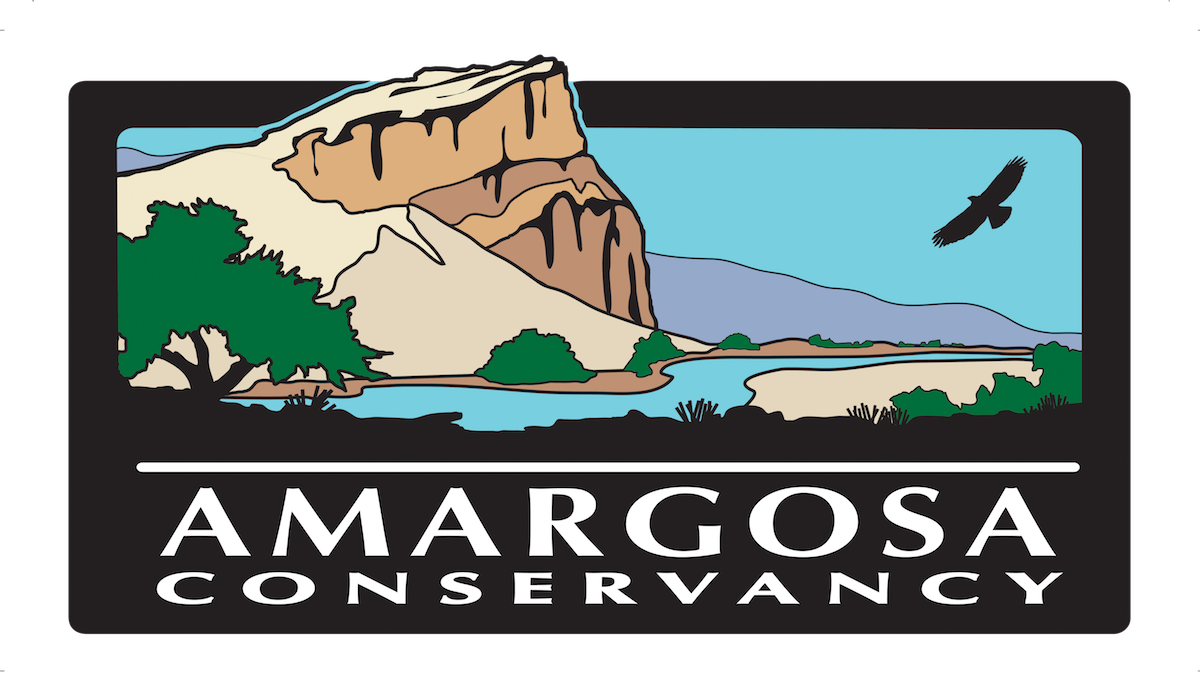Explore the Amargosa
Birding in the Basin
California Quail, by Nancy Good
Thanks to the wetland areas across the valley, many perennial as well as migratory birds frequent the area
Historically, at least 227 species of birds have been sighted in the Amargosa River region
Three Federally Endangered birds use the Amargosa Rivers’ watershed.
- The Least Bell’s Vireo breeds in Tecopa and Shoshone.
- The Southwestern Willow Flycatcher apparently migrates through in May and June, and occasionally breeds at Ash Meadows. In the future if its population recovers, they may use Amargosa willow habitat for breeding.
- The Yuma Clapper Rail during wintering and breeding, occasionally uses Ash Meadows Wildlife Refuge.
Amargosa’s birds can generally be grouped into 5 categories. Each category has exceptions, as birds, and their behavior, can be unpredictable.
![Crissal-Thrasher ] Tamarisk Treatment](https://www.amargosaconservancy.org/wp-content/uploads/2018/01/Crissal-Thrasher-crop.jpeg)
Year Round Residents:
Year round residents are exactly that. They breed locally, and winter locally as well. They do not migrate. However, some may shift locally between breeding territories and winter territories.
A Crissal Thrasher resting on a branch
Examples:
- Burrowing Owl (California Species of Special Concern) The winter movements of Burrowing Owls are little known.
Over 100 burrows have been monitored in nearby Pahrump, NV - Greater Roadrunner
- Ladder-backed Woodpecker
- Loggerhead Shrike (CA Species of Special Concern)
- Crissal Thrasher
- Verdin
- Black-tailed Gnatcatcher
- Bewick’s Wren
- Red Tailed Hawk
- American Kestrel
- Northern Harrier (California Species of Special Concern)* – summer and winter individuals are not necessarily the same individuals
- Virginia Rail
Winter Residents:
Winter residents are birds that use the Amargosa’s food, shelter and water resources during winter, but breed elsewhere.
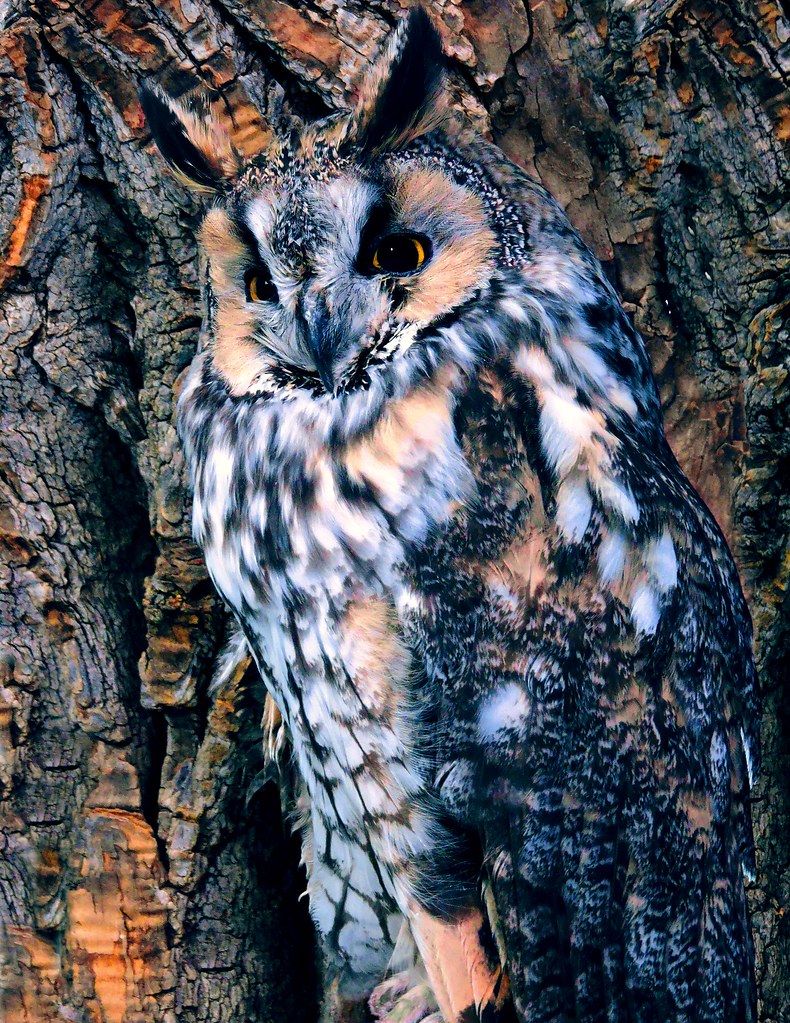
Long Eared Owl, by Patrick Meyers/NPS
Examples:
- Long-eared Owl (California Species of Special Concern)
- Marsh Wren
- Northern Shoveler
- White-crowned Sparrow
- Bell’s Sparrow
- Western Bluebird
- Northern Mockingbird *(may occasionally breed here)
- American Robin
- Ruby Crowned Kinglet
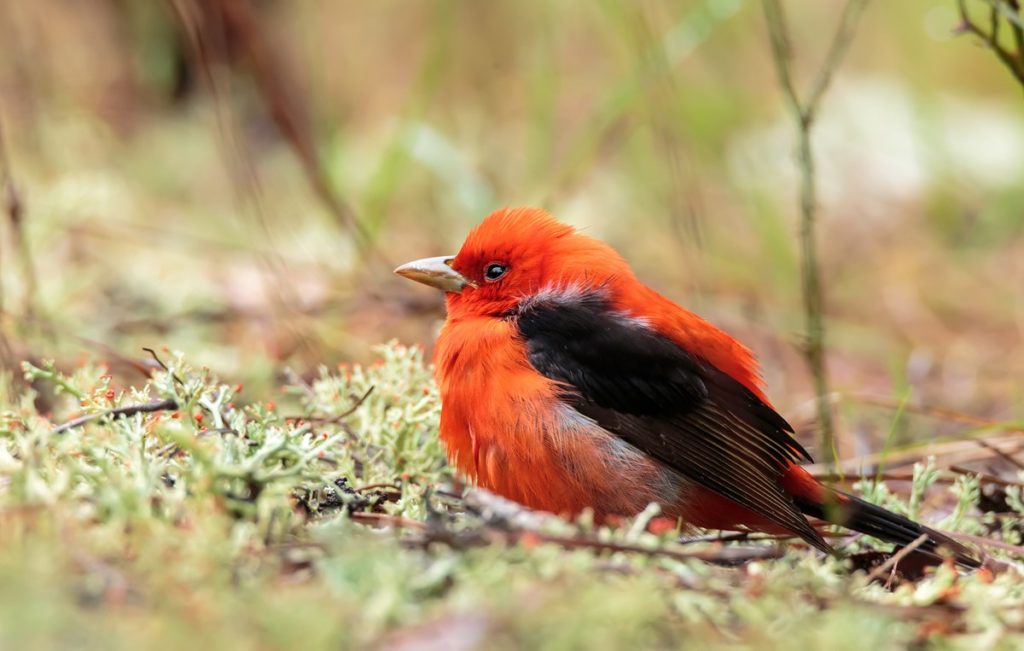
Migratory Breeders:
Migratory breeders winter elsewhere, but return to the Amargosa during their breeding season. Some birds migrate great distances, others simply shift elevation between wintering and breeding.
A Scarlet Tanager, by Neil Lewis/NPS
Examples:
- Least Bell’s Vireo (FEDERALLY ENDANGERED) – winter in Baja and breed in the Amargosa Region
- Phainopepla – a unique case of a “reverse migrant” which “dual breeds” (arrive in fall winters here, breeds here in spring, then migrates elsewhere to breed again)
- Lucy’s Warbler (California Species of Special Concern) – winter in western Mexico and breed in the Amargosa Region
- Yellow-breasted Chat (California Species of Special Concern) – winter in Mexico and Central America
- Yellow Warbler (California Species of Special Concern) – winter from Mexico to South America
- Summer Tanager (California Species of Special Concern) – winter in Mexico and Central America
- Common Yellowthroat – winter from Mexico to South America
- Snowy Plover (California Species of Special Concern) – winter in Tulare Basin and Salton Sea
- American Avocet – winter Coastal California, Baja, Mexico and Central America
- Blue Grosbeak – winter in Mexico, and Central America
- Blue-gray Gnatcatcher – winter Arizona, Texas, Mexico, and Central America
- Common Yellowthroat – winter from Mexico to South America
Migrants:
Migrants are birds that travel through the area, seasonally, sometimes staying only briefly, a day or two, to rest and or feed, sometimes for weeks, regaining precious body fat to continue their seasonal migrations. As a migratory pathway, the Amargosa watershed is a very important stopover, providing water, food, and shelter for thousands of birds that are traveling to destinations from the Arctic to South America.
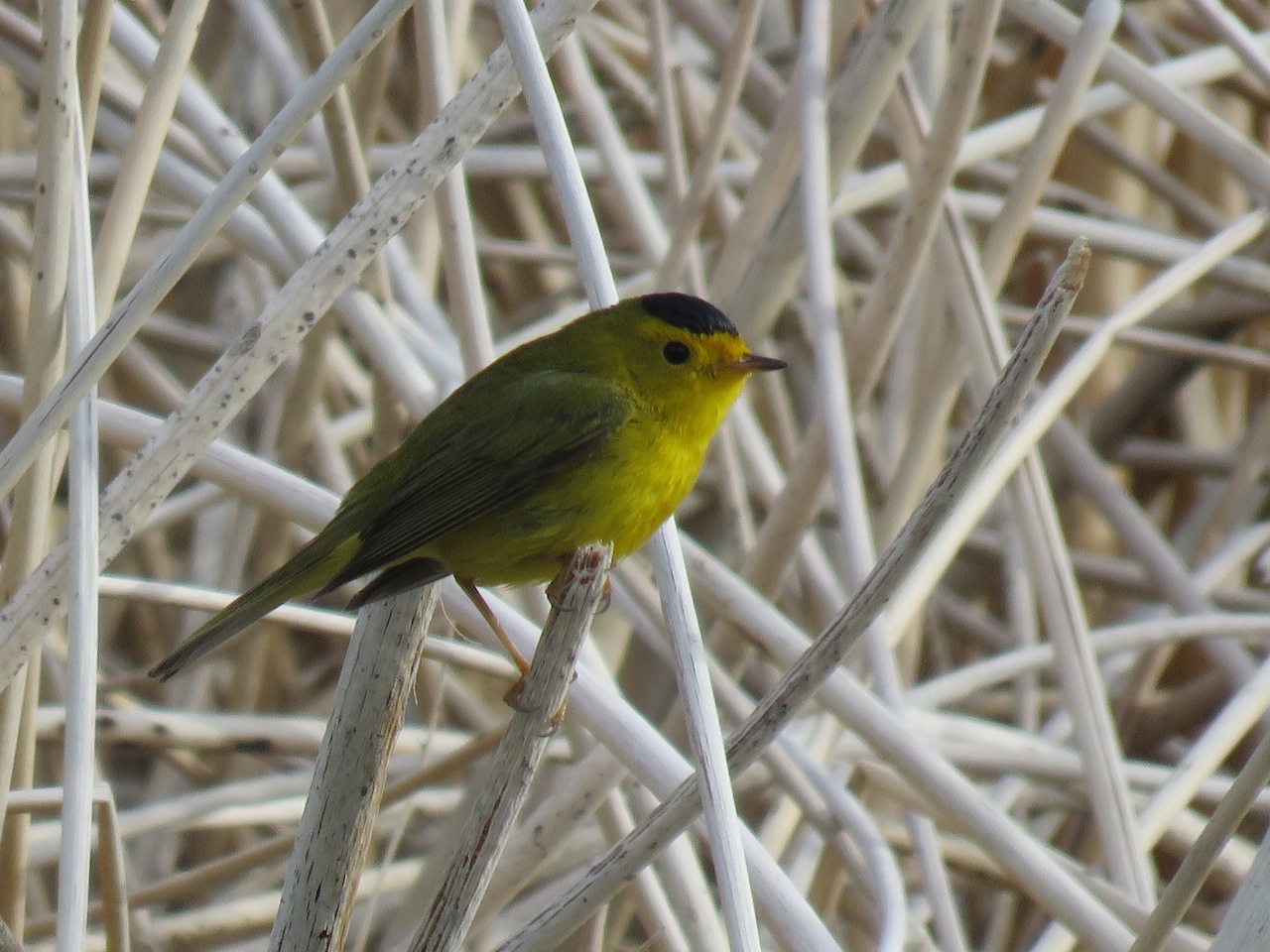
Wilson’s Warbler
Examples:
- White Pelican
- Marbled Godwit
- Wilson’s Phalarope
- Wilson’s Warbler
- Hermit Warbler
- Dusky Flycatcher
- Gray Flycatcher
- Osprey
- Olive-sided Flycatcher (CA Species of Special Concern)
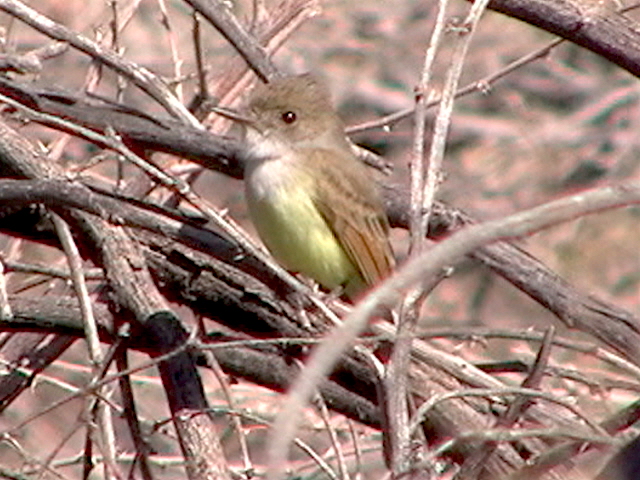
Rarities and Vagrants:
These are birds that were never “supposed to be” here in the first place. It is always exciting when a rare bird occurs. Many reasons for their appearance are speculated upon, such as being off course during migration, due to weather conditions, some sort of internal malfunction, or symptoms of population growth, shift, or range dispersal.
Dusky-Capped Flycatcher
The Amargosa Region because of its isolated location, and its oasis like nature, often becomes a temporary resting area for such wanderers.
Recent Examples:
- Wood Thrush
- Prothonotary Warbler
- Dusky-capped Flycatcher
- Parula Warbler
- Gray Catbird
- Black-and-white Warbler
- Magnolia Warbler
- Palm Warbler
- Rose-breasted Grosbeak
- Chestnut-collard Longspur
Where to Get Started Looking for Birds near Shoshone
Shoshone Village has developed a birding checklist for the wetlands in and around the town.
You can also view and download this PDF: Shoshone-Village-Walking-Tour . The back side of the brochure has a full color map indicating the walking trails through the wetlands.
